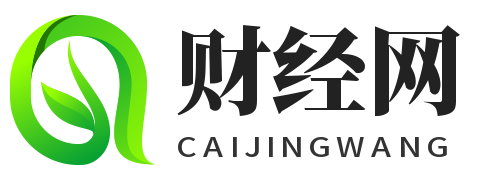中国期货交易代码简称英文(期货交易所英文简称)
Introduction to China's Futures Trading Code Abbreviations in English
China's futures market plays a significant role in the global economy, providing investors with opportunities to hedge risks and speculate on various commodities. Understanding the abbreviations used in Chinese futures trading codes is crucial for navigating this complex market effectively.

1. What are Futures Trading Codes?
Futures trading codes are standardized abbreviations used to represent different commodities traded on the futures exchange. In China, these codes consist of a combination of letters and numbers that uniquely identify each commodity, facilitating efficient trading and communication among market participants.
2. Importance of Understanding Futures Trading Codes
Knowledge of futures trading codes is essential for traders, brokers, and analysts involved in China's futures market. These codes provide quick identification of commodities, enabling traders to execute orders accurately and monitor market movements effectively. Moreover, understanding these abbreviations enhances communication and collaboration within the industry.
3. Common Futures Trading Code Abbreviations in China
Some of the most commonly traded commodities on China's futures exchanges and their corresponding code abbreviations include:
- AG: Silver
- AU: Gold
- C: Corn
- CS: Soybean Meal
- CU: Copper
- FG: Glass
- I: Iron Ore
- J: Coke
- L: Linear Low-Density Polyethylene
- M: Soybean Meal
- P: Palm Oil
- RB: Reinforcing Bar
- RM: Rapeseed Meal
- RU: Rubber
- SR: White Sugar
- T: Cotton
- Y: Soybeans
These abbreviations are widely used in trading platforms, financial reports, and market analyses, simplifying the process of accessing and interpreting futures market information.
Conclusion
In conclusion, familiarity with China's futures trading code abbreviations is indispensable for participants in the futures market. These standardized codes facilitate efficient trading, enhance communication, and streamline market analysis. By understanding and utilizing these abbreviations effectively, investors can navigate China's dynamic futures market with confidence and precision.





